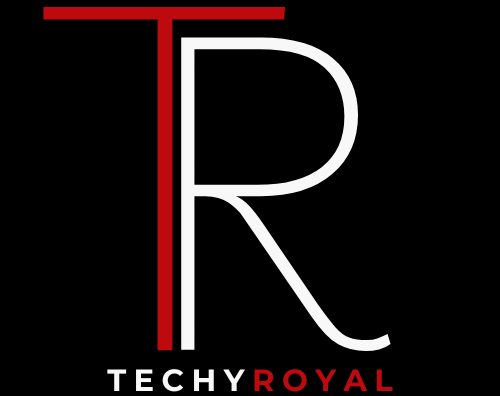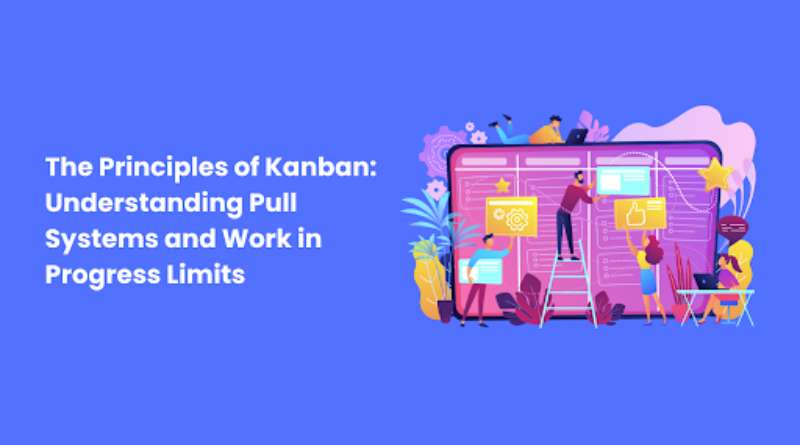The Principles of Kanban: Understanding Pull Systems and Work in Progress Limits
In business, productivity and efficiency are crucial. Organisations in various sectors use Kanban, a lean management technique derived from Toyota’s manufacturing system, to accomplish these aims. Not simply a catchphrase, Kanban is a tried-and-true methodology that can improve team productivity, project management, and customer value delivery. We’ll explore the fundamental ideas of Kanban in this blog, concentrating on two key ideas: Pull Systems and Work in Progress (WIP) Limits. This post will offer useful information whether you want to learn more about a Kanban Board or are interested in earning a Kanban Certification.
Table of contents
- Understanding Pull Systems
- Work in Progress (WIP) Limits
- Kanban Certification: The Path to Mastery
- What is a Kanban Board?
- Conclusion
What is Kanban?
Let us begin with a basic definition of Kanban before delving into its tenets. Toyota created Kanban, which translates to “visual card” or “signboard” in Japanese, in the 1940s to increase production efficiency. Visualising work, limiting work-in-progress, and optimising the flow of tasks or objects through a process are the main tenets of the Kanban methodology.
Since then, Kanban has developed into a flexible approach that can be used in various knowledge-based industries, including software development, marketing, healthcare, and manufacturing. It has developed into a potent tool for groups and companies looking to increase productivity, improve communication, and reduce waste.
Understanding Pull Systems
Using a Pull System is one of the core tenets of Kanban. Work is started in a pull system based on demand instead of being forced into a team or procedure. This idea is similar to replenishing your refrigerator. You refill products as they are eaten rather than making a large purchase at the grocery shop.
Work items are shown as cards on a Kanban board in a Kanban system. A job, a user narrative, a feature, or any other work item relevant to the team’s context is represented by each card. When they can work on it, team members only choose tasks from the backlog, shown as cards in the “To-Do” column. This lowers the possibility of overburdening team members and guarantees that work consistently aligns with the group’s capabilities.
The benefits of a Pull System are clear:
- When team members are not overburdened with work at once, they can better concentrate and produce higher-quality work.
- Because they are not locked into a predetermined amount of labour, teams can swiftly adjust to shifting priorities or unforeseen problems.
- The process flow is predictable and fluid, which results in reduced cycle times and quicker customer value delivery.
Work in Progress (WIP) Limits
Kanban introduces the Work in Progress (WIP) Limits idea as an addition to the Pull System. WIP limits are preset restrictions on the maximum amount of work items entered into each workflow stage. These restrictions are shown on the Kanban board and are determined by the team’s capability.
WIP limitations are in place to avoid bottlenecks and promote a well-balanced workflow. The team cannot take on further work until some of the current work items are finished and transferred to the next stage when a stage hits its work-in-progress limit. This restriction makes the team concentrate on finishing existing activities before beginning new ones, which enhances the flow as a whole.
Here are a few main advantages of putting WIP limitations in place:
- WIP limitations discourage multitasking and motivate team members to focus on finishing one job at a time, which produces work of a better calibre.
- Teams may reduce waste and inefficiency by minimising the amount of incomplete work that accumulates by limiting work in progress.
- With a deeper understanding of their capacity and progress, teams can better predict when task items will be finished.
Kanban Certification: The Path to Mastery
Getting a Kanban Certification may be a helpful first step for anyone who wants to learn more about Kanban and have a thorough knowledge of its ideas and methods. Numerous organisations, such as Lean Kanban and Kanban University, provide certificates in Kanban and give organised training and examinations to verify your knowledge and abilities.
Advanced Kanban practises, change management, and coaching teams to achieve excellence with Kanban are only a few subjects covered by certifications, such as the Kanban Management Professional (KMP) and the Kanban Coaching Professional (KCP). In addition to proving your skills, obtaining a Kanban Certification may lead to new job prospects in lean operations, agile coaching, and project management—three industries where Kanban is highly valued.
What is a Kanban Board?
Teams use Kanban boards, a visual management tool, to execute Kanban efficiently. A digital or physical Kanban board is a depiction of the workflow that is separated into columns corresponding to the activity’s various phases. Every task is symbolised by a card that advances from left to right across the columns.
A Kanban board usually has the following columns:
- Work items that haven’t been begun yet are stored here. It symbolises the incomplete list of duties.
- Actively worked on tasks by the team are shifted to this column. It makes sure the team’s WIP cap is followed.
- A job may go to the review column when finished, where it will be assessed and tested.
- Completed work items prepared for delivery to the client or other stakeholders are shown in the final column.
Real-time insight into the state of the job is provided by a Kanban board, which makes it simple for stakeholders and team members to comprehend progress and spot bottlenecks. It also keeps teams focused and coordinated and is the centre of attention for daily stand-up meetings.
Conclusion
Kanban is a potent approach that may improve cooperation, streamline operations, and increase the efficiency with which organisations deliver value. Teams may enhance workflow, reduce waste, and increase predictability by comprehending and putting Pull Systems and Work in Progress Limits into practice. A Kanban board is a crucial instrument for efficiently organising and visualising work. Earning a Kanban Certification is a worthy objective for those who want to become proficient in the Kanban method. If you adopt these ideas, your company will be well on its way to realising the full benefits of Kanban.

